G. NASAL BONES
1/3
There's no tags or description
Looks like no tags are added yet.
Name | Mastery | Learn | Test | Matching | Spaced |
|---|
No study sessions yet.
4 Terms
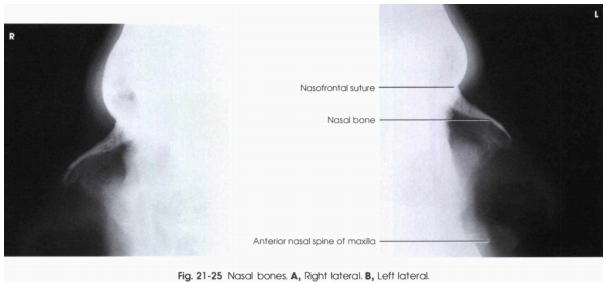
LATERAL PROJECTION
can also be done with occlusal films
PP: semiprone; MSP & IOML parallel to IR; IPLE perpendicular to IR
RP: ¾ in. (old) or ½ in. (new) distal to nasion
CR: Perpendicular
SS: Nasal bones of side down & soft tissue structures
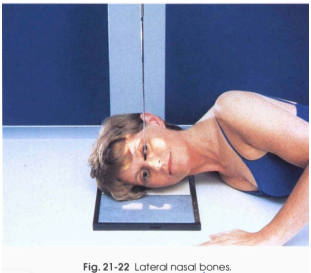
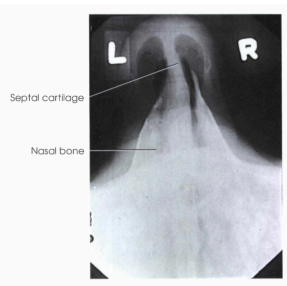
TANGENTIAL PROJECTION
PP:
Extraoral Film (Cassette): prone; chin rested on sandbags; chin fully extended; MSP & GAL perpendicular to IR
Intraoral Film (Occlusal Film): supine; head elevated; MSP perpendicular to sponge; GAL parallel to sponge & perpendicular to film
RP: Glabelloalveolar line
CR: Perpendicular
SS: Nasal bones with minimal superimposition
ER: For demonstration of any medial or lateral displacement of fragments in fractures
Contraindications:
Children or adults who have very short nasal bones, concave face or protruding upper teeth
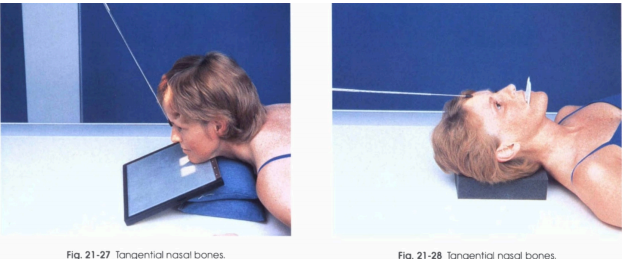
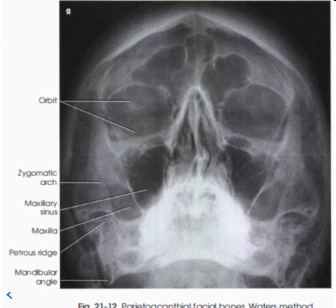
PARIETOACANTHIAL PROJECTION: WATERS METHOD
PP: Prone; MSP & MML
perpendicular to IR; OML 37o to IR;
nose ¾ in. (1.9 cm) away from IR
RP: Acanthion (exit)
CR: Perpendicular
ER: Displacement of bony nasal
septum & depressed fx of nasal
wings
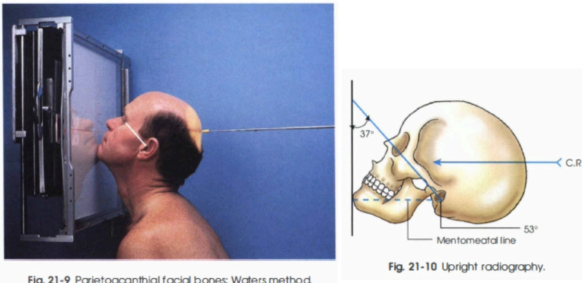
summary of projections of nasal bones
lateral projection, tangential projection, parietoacanthial projection waters method